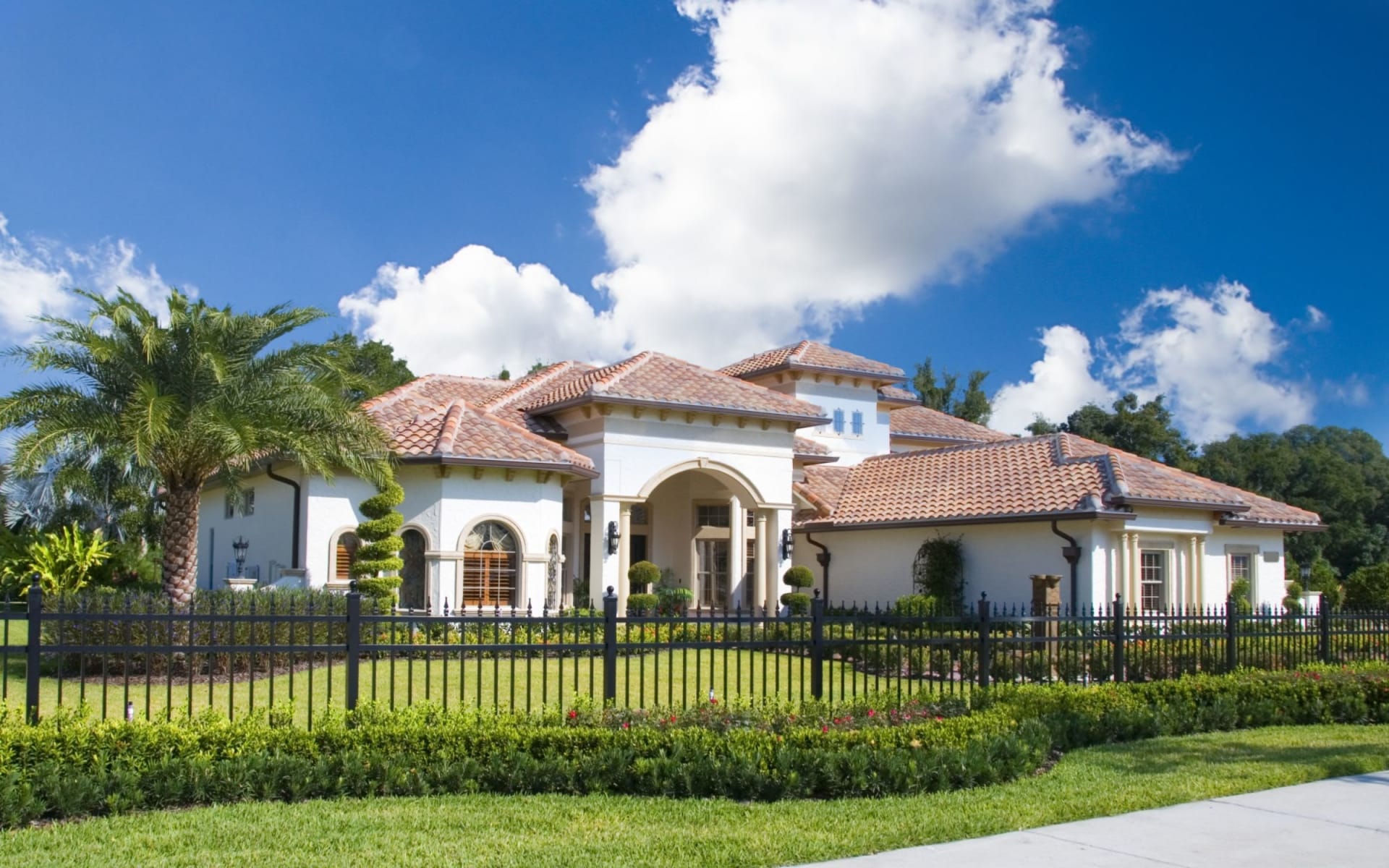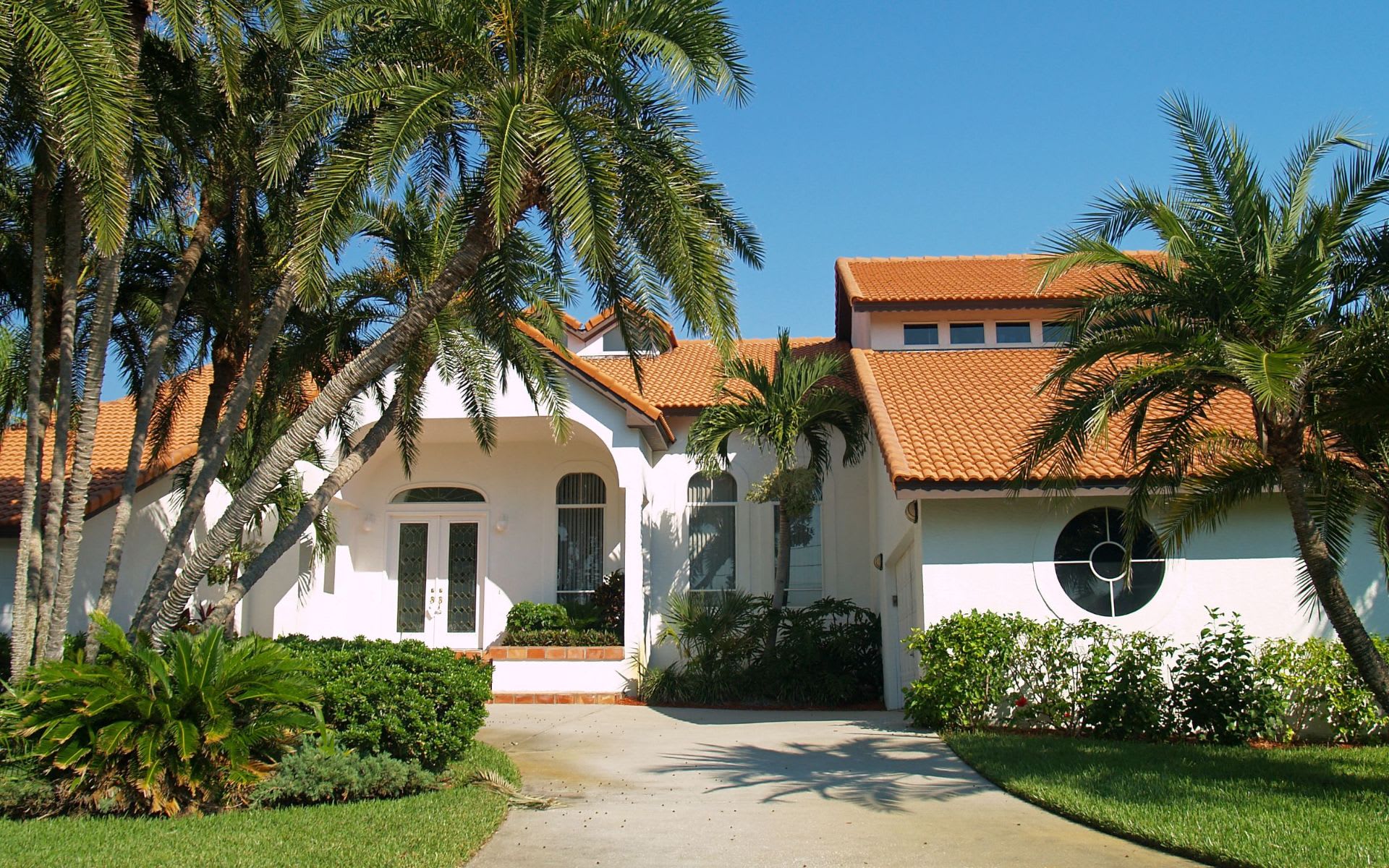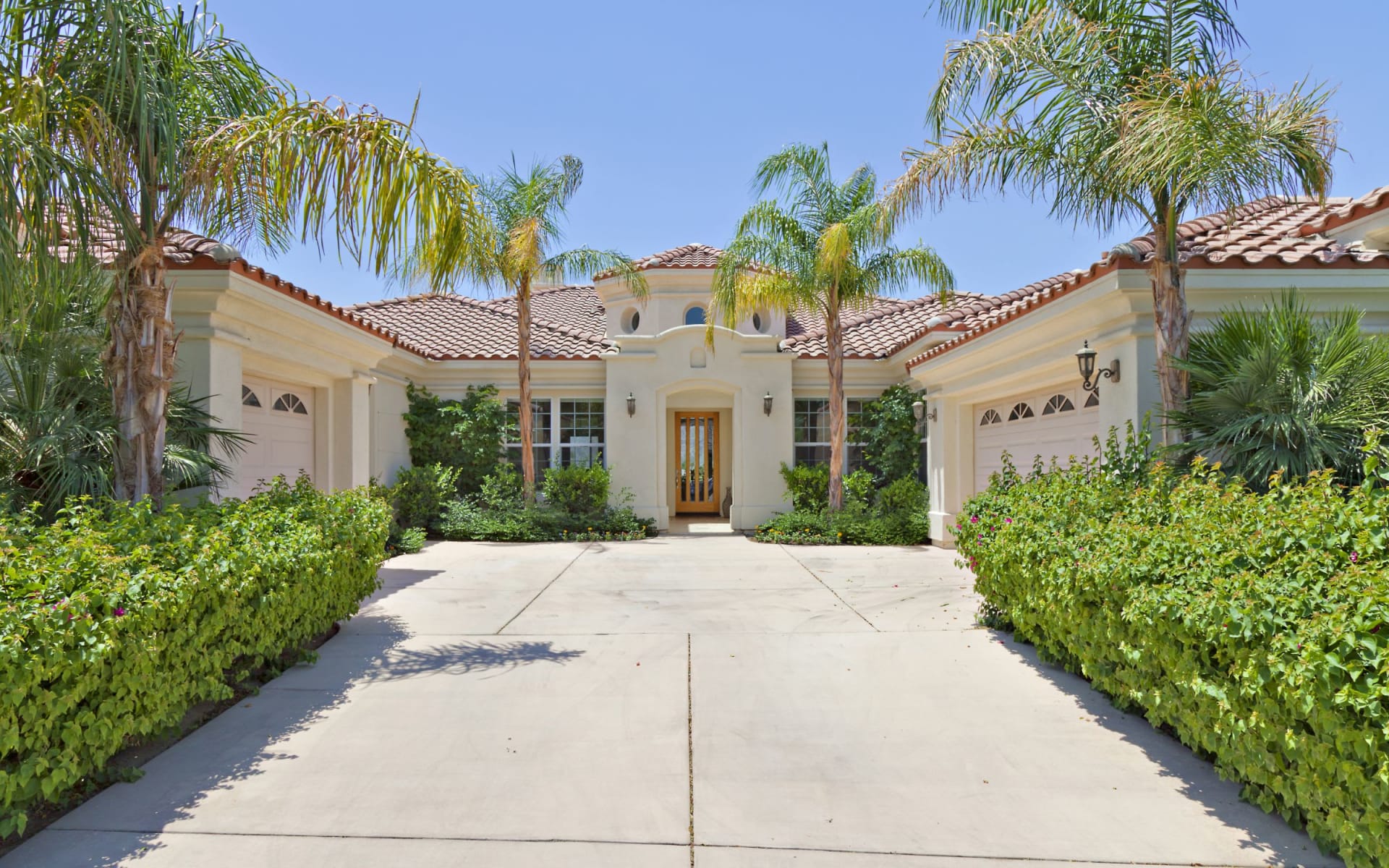The housing market is entering summer with mixed signals—but those signals all point to change. While contract signings and home sales are showing early signs of recovery, price growth is slowing and regional shifts are reshaping the market. For buyers and sellers, this new landscape offers both opportunities and challenges.
Pending Sales Rebound Slightly
According to the National Association of REALTORS® (NAR), pending home sales—a key indicator of future home sales—rose 1.8% in May compared to April, and were up 1.1% year-over-year. That small boost followed a steep 6.3% drop in April and may indicate the market is starting to find its footing after a sluggish spring.
This increase was supported by steady job gains and rising wages. In fact, wages are currently increasing faster than home prices. However, affordability remains a hurdle, with mortgage rates continuing to hover near 7%. The average 30-year fixed rate was 6.81% as of mid-June.
Price Growth Is Cooling Off
At the same time, price appreciation is slowing significantly. The S&P CoreLogic Case-Shiller Index reports that national home prices rose just 2.7% in April compared to a year earlier—down from a 3.4% increase in March and the smallest annual gain in nearly two years. More recent indicators suggest prices may now be flat year-over-year.
This price softening is being felt most in previously high-demand Sun Belt markets. Tampa and Dallas both saw year-over-year price declines, while markets like Phoenix and Miami reported gains of just over 1%. On the other hand, markets like New York (+7.9%), Chicago (+6%), and Detroit (+5.5%) are now leading the pack—an indication that regional trends are shifting.
Inventory Is Rising—but Still Below Normal
Nationally, inventory is up 20% from a year ago, offering more options to buyers. Still, it remains below pre-pandemic levels. Only about 6% of sellers are at risk of selling at a loss, according to Redfin, which suggests that while prices are softening, the market is not in a downturn.
Sellers in the South may be experiencing temporary price declines due to increased supply, but this is likely to be short-lived given the region’s continued job and population growth. Meanwhile, buyers in those areas now have greater room to negotiate.
Affordability Remains a Barrier
High mortgage rates are keeping monthly payments elevated, pricing many buyers out—especially first-timers. First-time buyers accounted for just 30% of May sales, compared to their historical average of 40%. Until rates come down or income rises more substantially, affordability will remain a key challenge.
What’s Next?
NAR Chief Economist Lawrence Yun suggests that if mortgage rates decline in the second half of the year, we could see stronger sales growth driven by rising incomes and job creation. But even without a rate drop, today's market is already reshuffling. Regional dynamics are shifting, buyer behavior is adjusting, and price growth is becoming more modest and localized.
Key Takeaways for Buyers and Sellers
For Sellers:
Now is still a strong time to sell, especially if you're in a market with rising demand or limited inventory. While price growth has cooled, properly marketed and well-priced homes are still moving. Rising inventory does mean more competition, so preparation and strategy are essential.
For Buyers:
There may be a brief window of opportunity before any major rate changes occur. With inventory improving and prices leveling out in many regions, this could be a good time to secure a home with greater negotiating power and less competition.













